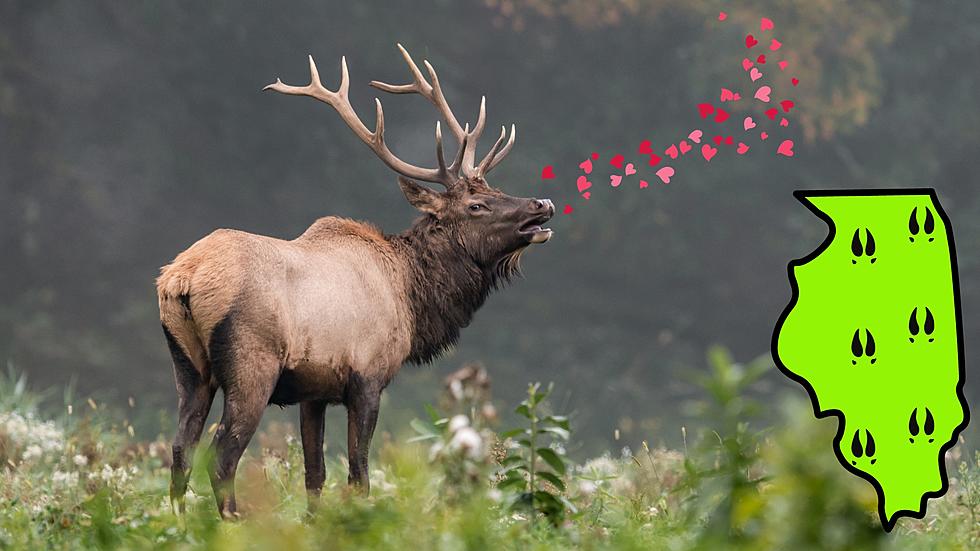
Coyote in Evansville Backyard Serves as a Reminder Mating Season is Underway
It's that time of year when male coyotes are looking for love, and they're not afraid to leave the comfort of the woods to find it.
When I think of coyotes, I think of them more as nocturnal creatures, waiting until the sun goes down to howl into the night sky and hunt for food. I also assume they keep their distance from civilization. Preferring instead to roam the wooded areas and farm fields of the Tri-State as they look for their next meal like they do at my buddy's house on the west side. But, as the photo above from Missy Feller shows, they're not afraid to snoop around our homes to find what they're looking for.
Missy captured the photo above and the one below at her home on the north side near McCutchanville in the middle of the afternoon on Sunday, February 21st (2021).

Sightings like this one aren't uncommon in Indiana, but it's possible they could become more common over the next few weeks since it's the start of mating season. According the Indiana Department of Natural Resources, males start looking for a mate in late February. This usually lasts for six to eight weeks, with pups starting to be born in April thanks to the roughly 60 day-long pregnancy period of coyotes. Once they're born, the males then set out to find food for their "families."
As we've all been told growing up, coyotes can be vicious animals, and despite the fact they top out around 25 pounds, aren't afraid to take on an animal larger than them like your dog.
To keep yourself and your pets safe, the Indiana DNR suggests taking the following steps to help keep coyotes from coming onto your property:
- Feed pets indoors when possible; pick up leftovers if feeding outdoors; and store pet and livestock feed where it’s inaccessible to wildlife.
- Eliminate water bowls and other artificial water sources (if possible).
- Position bird feeders in a location that is less likely to attract small animals or bring the feeders in at night (to keep coyotes from feeding on the bird food or the other animals). Take down bird feeders if issues are occurring.
- Do not discard edible garbage where coyotes can get to it. Secure garbage containers.
Trim and clean shrubbery near ground level to reduce hiding cover for coyotes or their prey. - Always keep pets leashed and, if kept outside, provide secure nighttime housing for them. Any outdoor pet or poultry runs should have a top to make them more secure and the fencing should be buried in the ground to prevent digging under the fence.
The DNR also says that if you start noticing an increase in coyotes on your property, whether you live in the country or in the city, keep your distance and attempt to run them off by making loud noises, "spraying them with a hose," or by throwing things at them such as rocks.
If you prefer a more lethal method, such as trapping or shooting them (or trapping them so you can shoot them), you don't need a permit if you own the land they're basically trespassing on. However, if the land does not belong to you, you will need permission from the landowner to try and take them out.
[Source: Indiana Department of Natural Resources]
WATCH OUT: These are the deadliest animals in the world
More From WKDQ-FM









